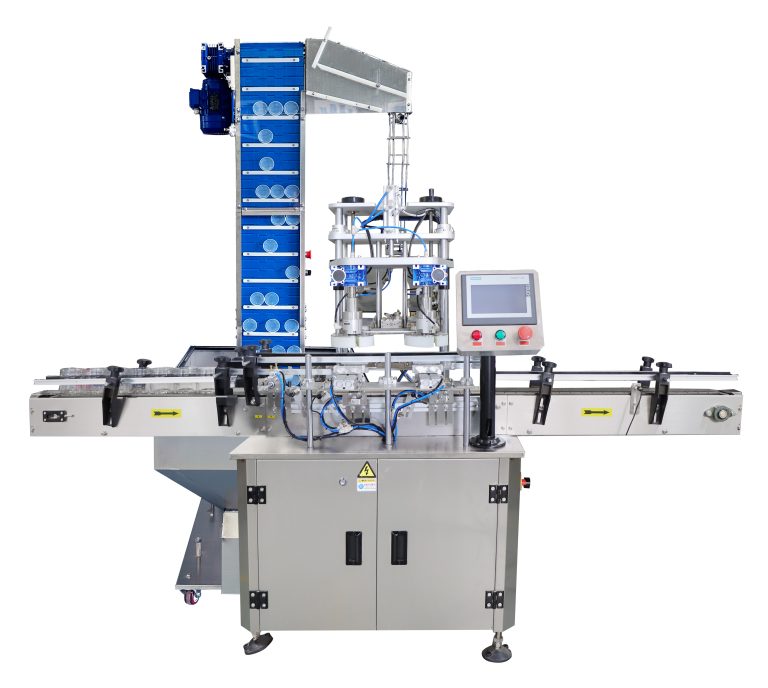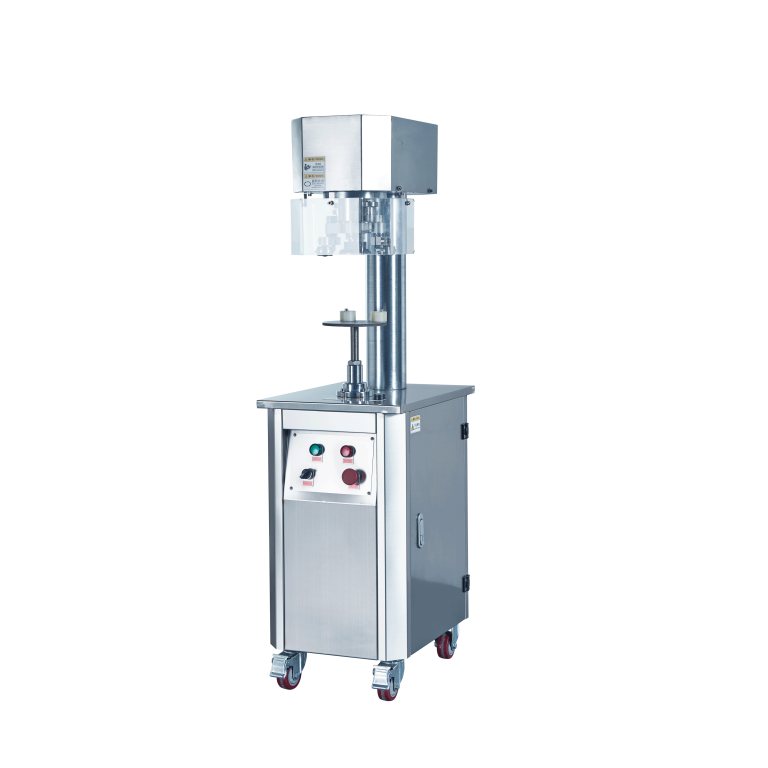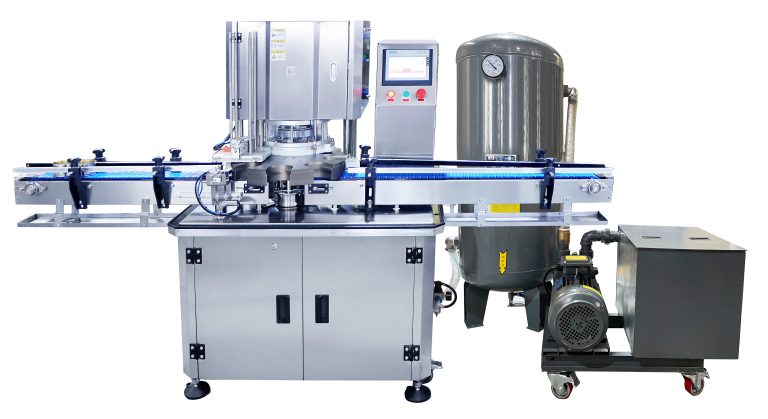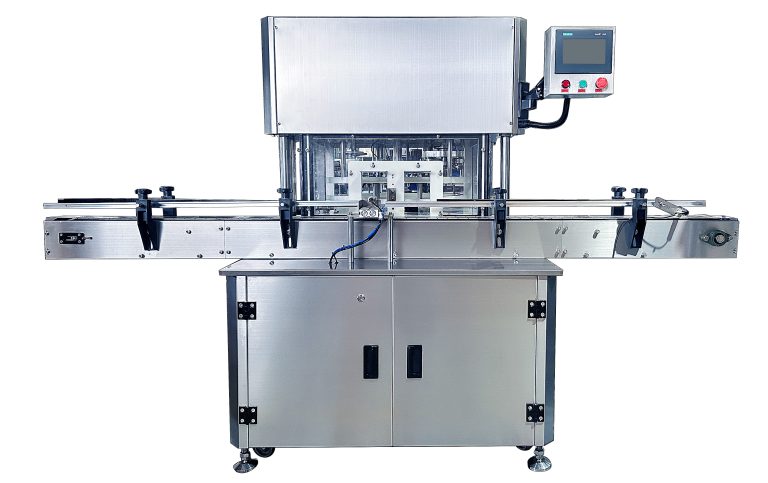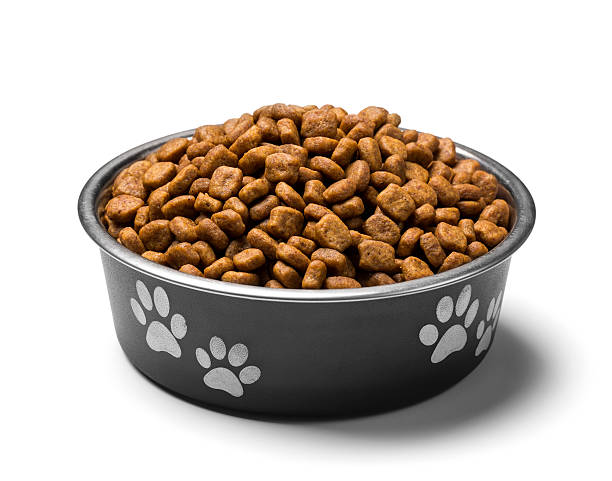Table of Contents
Οφέλη από τη χρήση συστημάτων ζύγισης πολλαπλών κεφαλών για συσκευασία σπόρων
Στον κόσμο της συσκευασίας σπόρων, η αποτελεσματικότητα και η ακρίβεια είναι βασικοί παράγοντες για τη διασφάλιση μιας επιτυχημένης λειτουργίας. Μια τεχνολογία που έφερε επανάσταση στον τρόπο συσκευασίας των σπόρων είναι το σύστημα ζύγισης πολλαπλών κεφαλών. Αυτά τα συστήματα προσφέρουν μια σειρά πλεονεκτημάτων που τα καθιστούν δημοφιλή επιλογή για τις εταιρείες συσκευασίας σπόρων.
Ένα από τα κύρια πλεονεκτήματα της χρήσης ενός συστήματος ζύγισης πολλαπλών κεφαλών για τη συσκευασία σπόρων είναι η ταχύτητα με την οποία μπορεί να γεμίσει δοχεία. Αυτά τα συστήματα είναι εξοπλισμένα με πολλαπλές κεφαλές ζύγισης που μπορούν να γεμίσουν ταυτόχρονα πολλαπλά δοχεία με σπόρους. Αυτό όχι μόνο επιταχύνει τη διαδικασία συσκευασίας αλλά διασφαλίζει επίσης ότι κάθε δοχείο γεμίζει με την ακριβή ποσότητα σπόρων, μειώνοντας τα απόβλητα και βελτιώνοντας τη συνολική απόδοση.
Εκτός από την ταχύτητα, τα συστήματα ζύγισης πολλαπλών κεφαλών προσφέρουν επίσης υψηλό επίπεδο ακρίβειας. Αυτά τα συστήματα είναι εξοπλισμένα με προηγμένη τεχνολογία που τους επιτρέπει να ζυγίζουν τους σπόρους με ακρίβεια, διασφαλίζοντας ότι κάθε δοχείο είναι γεμάτο με τη σωστή ποσότητα σπόρων. Αυτό το επίπεδο ακρίβειας είναι κρίσιμο στη συσκευασία των σπόρων, καθώς ακόμη και μια μικρή απόκλιση στο βάρος των σπόρων μπορεί να επηρεάσει την ποιότητα του τελικού προϊόντος.
Ένα άλλο πλεονέκτημα της χρήσης ενός συστήματος ζύγισης πολλαπλών κεφαλών για τη συσκευασία σπόρων είναι η ευελιξία που προσφέρει. Αυτά τα συστήματα μπορούν εύκολα να προσαρμοστούν για να χωρέσουν διαφορετικά μεγέθη και βάρη σπόρων, καθιστώντας τα κατάλληλα για ένα ευρύ φάσμα εφαρμογών συσκευασίας σπόρων. Αυτή η ευελιξία επιτρέπει στις εταιρείες συσκευασίας σπόρων να εναλλάσσονται εύκολα μεταξύ διαφορετικών ποικιλιών σπόρων χωρίς την ανάγκη εκτεταμένης αναδιαμόρφωσης του συστήματος.
Επιπλέον, τα συστήματα ζύγισης πολλαπλών κεφαλών είναι επίσης εξαιρετικά αποδοτικά όσον αφορά το κόστος εργασίας. Αυτά τα συστήματα απαιτούν ελάχιστη ανθρώπινη παρέμβαση, καθώς είναι πλήρως αυτοματοποιημένα και μπορούν να λειτουργούν συνεχώς χωρίς να χρειάζονται διαλείμματα ή περιόδους ανάπαυσης. Αυτό όχι μόνο μειώνει την ανάγκη για χειρωνακτική εργασία αλλά και ελαχιστοποιεί τον κίνδυνο ανθρώπινου λάθους, διασφαλίζοντας συνεπή και ακριβή συσκευασία σπόρων.
Επιπλέον, τα συστήματα ζύγισης πολλαπλών κεφαλών είναι επίσης εξοπλισμένα με χαρακτηριστικά που ενισχύουν τη συνολική ασφάλεια της διαδικασίας συσκευασίας. Αυτά τα συστήματα έχουν σχεδιαστεί για να πληρούν αυστηρά πρότυπα ασφαλείας και είναι εξοπλισμένα με αισθητήρες ασφαλείας και συναγερμούς που προειδοποιούν τους χειριστές για τυχόν προβλήματα. Αυτό βοηθά στην πρόληψη ατυχημάτων και τραυματισμών στο χώρο εργασίας, διασφαλίζοντας ένα ασφαλές εργασιακό περιβάλλον για τους εργαζόμενους.
Συνολικά, τα οφέλη από τη χρήση ενός συστήματος ζύγισης πολλαπλών κεφαλών για τη συσκευασία των σπόρων είναι ξεκάθαρα. Αυτά τα συστήματα προσφέρουν έναν συνδυασμό ταχύτητας, ακρίβειας, ευελιξίας, αποτελεσματικότητας και ασφάλειας που τα καθιστούν ιδανική επιλογή για εταιρείες συσκευασίας σπόρων που επιθυμούν να βελτιώσουν τις δραστηριότητές τους. Επενδύοντας σε ένα σύστημα ζύγισης πολλαπλών κεφαλών, οι εταιρείες συσκευασίας σπόρων μπορούν να εξορθολογίσουν τη διαδικασία συσκευασίας τους, να μειώσουν τα απόβλητα και να βελτιώσουν τη συνολική παραγωγικότητα.
Πώς να βελτιστοποιήσετε τις διαδικασίες πλήρωσης σπόρων σε γραμμές κονσερβοποίησης
Όταν πρόκειται για τη βελτιστοποίηση των διαδικασιών πλήρωσης σπόρων στις γραμμές κονσερβοποίησης, η αποτελεσματικότητα και η ακρίβεια είναι βασικοί παράγοντες που πρέπει να ληφθούν υπόψη. Η πλήρωση σπόρων μπορεί να είναι μια πολύπλοκη διαδικασία που απαιτεί ακρίβεια και προσοχή στη λεπτομέρεια, προκειμένου να διασφαλιστεί ότι κάθε κουτί είναι γεμάτο με τη σωστή ποσότητα σπόρων. Σε αυτό το άρθρο, θα συζητήσουμε μερικές συμβουλές και στρατηγικές για τη μεγιστοποίηση της αποτελεσματικότητας της πλήρωσης σπόρων στις γραμμές κονσερβοποίησης.
Μια σημαντική πτυχή που πρέπει να λάβετε υπόψη κατά τη βελτιστοποίηση των διαδικασιών πλήρωσης σπόρων είναι η χρήση συστημάτων ζύγισης πολλαπλών κεφαλών. Αυτά τα συστήματα έχουν σχεδιαστεί για να μετρούν και να διανέμουν με ακρίβεια τους σπόρους σε δοχεία με υψηλό ρυθμό ταχύτητας, μειώνοντας τον χρόνο και την εργασία που απαιτείται για τη διαδικασία πλήρωσης. Με τη χρήση συστημάτων ζύγισης πολλαπλών κεφαλών, οι γραμμές κονσερβοποίησης μπορούν να αυξήσουν την απόδοση τους και να ελαχιστοποιήσουν τον κίνδυνο ανθρώπινου λάθους στη διαδικασία πλήρωσης.
Ένας άλλος βασικός παράγοντας για τη βελτιστοποίηση των διαδικασιών πλήρωσης σπόρων είναι η χρήση προηγμένης τεχνολογίας και αυτοματισμού. Οι αυτοματοποιημένες γραμμές κονσερβοποίησης μπορούν να προγραμματιστούν για να γεμίζουν δοχεία με ακριβείς ποσότητες σπόρων, μειώνοντας την πιθανότητα υπερπλήρωσης ή υπογεμίσματος. Επιπλέον, ο αυτοματισμός μπορεί να βοηθήσει στον εξορθολογισμό της διαδικασίας πλήρωσης, επιτρέποντας ταχύτερη παραγωγή και αυξημένη απόδοση. γέμιση σπόρων. Η τακτική συντήρηση και η βαθμονόμηση μπορούν να βοηθήσουν στην αποφυγή διακοπής λειτουργίας και να διασφαλίσουν ότι οι γραμμές κονσερβοποίησης λειτουργούν με μέγιστη απόδοση.
Επιπλέον, είναι απαραίτητο να εκπαιδεύσετε και να εκπαιδεύσετε το προσωπικό σχετικά με τις κατάλληλες τεχνικές και διαδικασίες πλήρωσης σπόρων. Παρέχοντας ολοκληρωμένη εκπαίδευση στους υπαλλήλους, οι γραμμές κονσερβοποίησης μπορούν να μειώσουν τον κίνδυνο σφαλμάτων και να βελτιώσουν τη συνολική απόδοση στη διαδικασία πλήρωσης. Επιπλέον, η συνεχής εκπαίδευση μπορεί να βοηθήσει στο να διατηρείται το προσωπικό ενημερωμένο σχετικά με τις πιο πρόσφατες τεχνολογίες και τις βέλτιστες πρακτικές για την πλήρωση σπόρων.
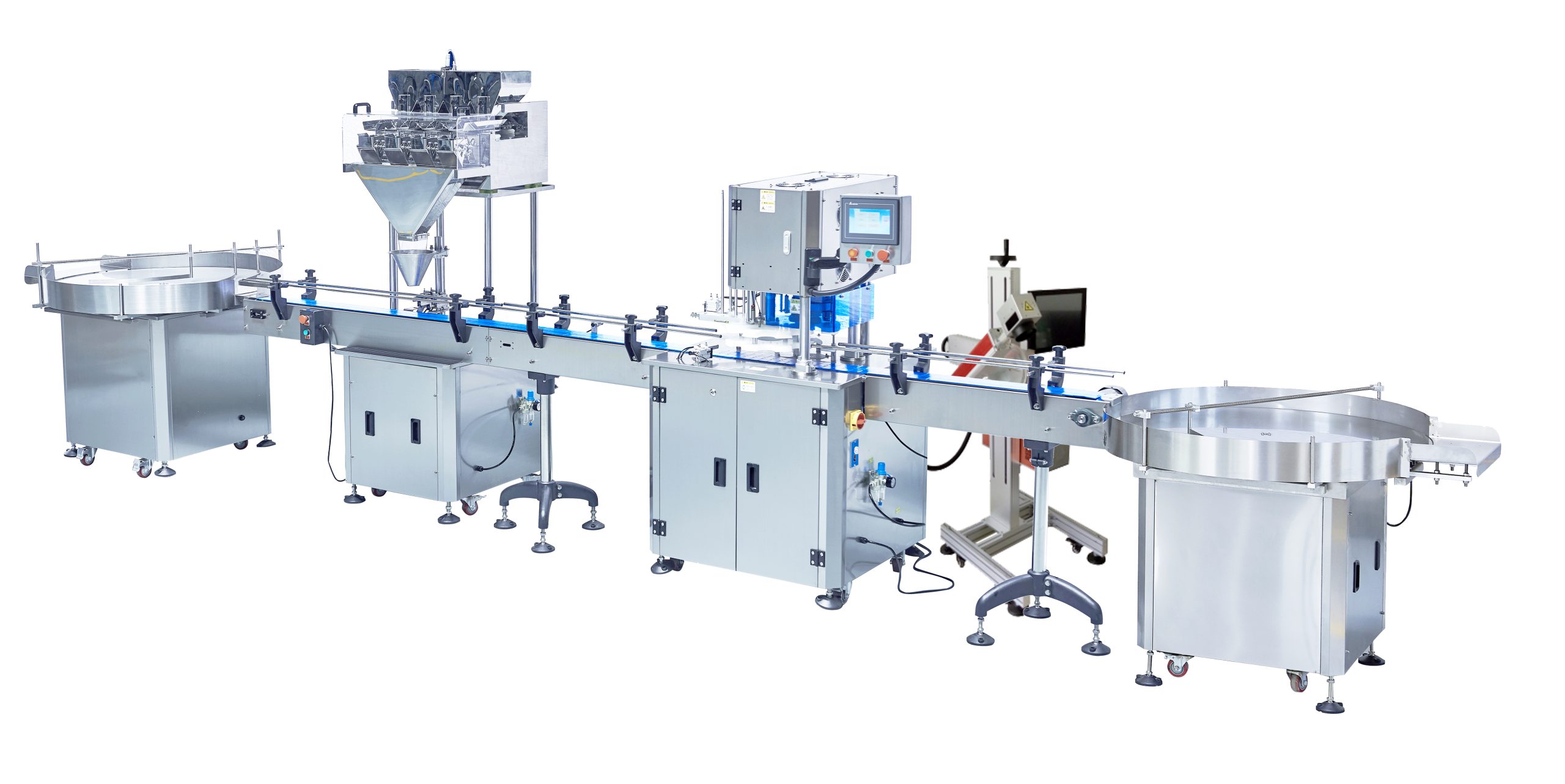
Συμπερασματικά, η βελτιστοποίηση των διαδικασιών πλήρωσης σπόρων στις γραμμές κονσερβοποίησης απαιτεί συνδυασμό προηγμένης τεχνολογίας, αυτοματισμού και κατάλληλης εκπαίδευσης. Χρησιμοποιώντας συστήματα ζύγισης πολλαπλών κεφαλών, αυτοματισμό και τακτική συντήρηση, οι γραμμές κονσερβοποίησης μπορούν να αυξήσουν την αποτελεσματικότητα και την ακρίβεια στη διαδικασία πλήρωσης σπόρων. Επιπλέον, η παροχή ολοκληρωμένης εκπαίδευσης στο προσωπικό μπορεί να βοηθήσει στην ελαχιστοποίηση των λαθών και στη βελτίωση της συνολικής παραγωγικότητας. Εφαρμόζοντας αυτές τις στρατηγικές, οι γραμμές κονσερβοποίησης μπορούν να μεγιστοποιήσουν την απόδοση τους και να διασφαλίσουν ότι κάθε κουτί είναι γεμάτο με τη σωστή ποσότητα σπόρων.
Κορυφαία ζητήματα για την επιλογή της σωστής σειράς κονσερβοποίησης για τη συσκευασία σπόρων
Όσον αφορά τη συσκευασία των σπόρων, η επιλογή της σωστής σειράς κονσερβοποίησης είναι ζωτικής σημασίας για τη διασφάλιση της αποτελεσματικότητας και της ποιότητας στη διαδικασία συσκευασίας. Με την αυξανόμενη ζήτηση για σπόρους σε διάφορες βιομηχανίες, είναι σημαντικό να επενδύσουμε σε μια γραμμή κονσερβοποίησης που μπορεί να ανταποκριθεί στις συγκεκριμένες απαιτήσεις της συσκευασίας σπόρων. Υπάρχουν διάφοροι παράγοντες που πρέπει να λάβετε υπόψη κατά την επιλογή μιας γραμμής κονσερβοποίησης για συσκευασία σπόρων, συμπεριλαμβανομένου του τύπου των σπόρων που συσκευάζονται, της επιθυμητής ταχύτητας συσκευασίας και του απαιτούμενου επιπέδου αυτοματισμού.
Ένα από τα πρώτα ζητήματα κατά την επιλογή μιας γραμμής κονσερβοποίησης για τη συσκευασία σπόρων είναι το είδος των σπόρων που συσκευάζονται. Διαφορετικοί σπόροι έχουν διαφορετικά χαρακτηριστικά, όπως μέγεθος, σχήμα και ευθραυστότητα, τα οποία μπορούν να επηρεάσουν τον τύπο της γραμμής κονσερβοποίησης που απαιτείται. Για παράδειγμα, οι μικροί σπόροι μπορεί να απαιτούν γραμμή κονσερβοποίησης με σύστημα ζύγισης πολλαπλών κεφαλών για να διασφαλιστεί η ακριβής πλήρωση, ενώ για μεγαλύτερους σπόρους μπορεί να απαιτείται γραμμή κονσερβοποίησης με διαφορετικό τύπο μηχανισμού πλήρωσης. Είναι σημαντικό να λάβετε υπόψη τις ειδικές απαιτήσεις των σπόρων που συσκευάζονται για να διασφαλίσετε ότι η γραμμή κονσερβοποίησης μπορεί να τους χειριστεί αποτελεσματικά.
Ένα άλλο σημαντικό στοιχείο κατά την επιλογή μιας γραμμής κονσερβοποίησης για συσκευασία σπόρων είναι η επιθυμητή ταχύτητα συσκευασίας. Η ταχύτητα με την οποία πρέπει να συσκευαστούν οι σπόροι μπορεί να ποικίλλει ανάλογα με τον όγκο των προς επεξεργασία σπόρων και το πρόγραμμα παραγωγής. Ορισμένες γραμμές κονσερβοποίησης έχουν σχεδιαστεί για συσκευασία υψηλής ταχύτητας, ενώ άλλες είναι καλύτερα κατάλληλες για παραγωγή μικρότερου όγκου. Είναι σημαντικό να επιλέξετε μια γραμμή κονσερβοποίησης που να μπορεί να ανταποκρίνεται στην επιθυμητή ταχύτητα συσκευασίας για να διασφαλιστεί η αποτελεσματική παραγωγή και να καλύψει τη ζήτηση των πελατών. μια γραμμή κονσερβοποίησης για τη συσκευασία σπόρων. Οι πλήρως αυτοματοποιημένες γραμμές κονσερβοποίησης μπορούν να βοηθήσουν στη βελτίωση της αποτελεσματικότητας και στη μείωση του κόστους εργασίας, αλλά μπορεί να απαιτούν μεγαλύτερη αρχική επένδυση. Οι ημιαυτόματες γραμμές κονσερβοποίησης προσφέρουν μια πιο οικονομική επιλογή για μικρότερες εργασίες ή για εκείνες με χαμηλότερους όγκους παραγωγής. Είναι σημαντικό να λάβετε υπόψη το επίπεδο αυτοματισμού που απαιτείται για να διασφαλιστεί ότι η γραμμή κονσερβοποίησης μπορεί να ανταποκριθεί στις απαιτήσεις παραγωγής ενώ παραμένει εντός του προϋπολογισμού.
Κατά την επιλογή μιας γραμμής κονσερβοποίησης για συσκευασία σπόρων, είναι επίσης σημαντικό να λαμβάνεται υπόψη η συνολική αξιοπιστία και ανθεκτικότητα του εξοπλισμού . Η συσκευασία σπόρων μπορεί να είναι μια απαιτητική διαδικασία, που απαιτεί εξοπλισμό που μπορεί να αντέξει τη συνεχή χρήση και να χειριστεί τις συγκεκριμένες απαιτήσεις της συσκευασίας σπόρων. Είναι σημαντικό να επιλέξετε μια γραμμή κονσερβοποίησης από έναν αξιόπιστο κατασκευαστή με ιστορικό παραγωγής εξοπλισμού υψηλής ποιότητας. Η επένδυση σε μια αξιόπιστη και ανθεκτική γραμμή κονσερβοποίησης μπορεί να βοηθήσει στην αποφυγή διακοπής λειτουργίας και στη διασφάλιση σταθερής ποιότητας συσκευασίας.
Συμπερασματικά, η επιλογή της σωστής γραμμής κονσερβοποίησης για τη συσκευασία σπόρων είναι απαραίτητη για τη διασφάλιση αποτελεσματικής και υψηλής ποιότητας συσκευασίας. Λαμβάνοντας υπόψη παράγοντες όπως ο τύπος των σπόρων που συσκευάζονται, η επιθυμητή ταχύτητα συσκευασίας, το επίπεδο αυτοματισμού και η αξιοπιστία του εξοπλισμού, μπορείτε να επιλέξετε μια σειρά κονσερβοποίησης που να ανταποκρίνεται στις συγκεκριμένες απαιτήσεις σας και να συμβάλλει στη βελτιστοποίηση της διαδικασίας συσκευασίας των σπόρων σας. Η επένδυση στη σωστή σειρά κονσερβοποίησης μπορεί να συμβάλει στη βελτίωση της αποδοτικότητας της παραγωγής, στη μείωση του κόστους εργασίας και στην κάλυψη της ζήτησης των πελατών για συσκευασία σπόρων υψηλής ποιότητας.

